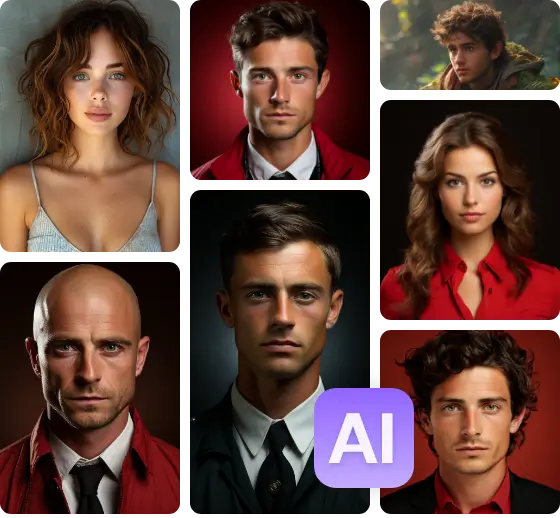Artificial intelligence (AI) is transforming many aspects of our digital lives, including how we edit and create images. One interesting application of AI is the ability to generate baby faces from adult photos. This technology uses advanced algorithms to create realistic baby versions of adult faces. In this article, we’ll explore how this technology works, its various uses, and some ethical considerations.
Understanding the Technology
Deep Learning and Neural Networks
AI-generated baby faces are created using deep learning, a type of machine learning that mimics the way the human brain processes information. Neural networks, which are the foundation of deep learning, are trained on large sets of images to learn how to recognize patterns and features that distinguish baby faces from adult faces.
Generative Adversarial Networks (GANs)
Generative Adversarial Networks (GANs) play a crucial role in creating realistic baby faces. A discriminator and a generator are the two components that make up a GAN. The discriminator assesses the pictures that the generator produces. Through continuous feedback, the generator learns to produce baby faces that the discriminator cannot distinguish from real baby faces.
The Transformation Process
- Data Collection and Preprocessing: A large number of images of both adults and babies are collected and processed to ensure they are of consistent size and quality.
- Training the GAN: These images are used to train the GAN, teaching it the differences between adult and baby faces, such as facial proportions and skin smoothness.
- Image Input: Users upload their photos to the system. The AI analyses these images, focusing on key facial features.
- Transformation: The generator applies its learned transformations to the input image, producing a baby face version of the original photo.
- Output: The final output is a high-quality image that shows a realistic baby version of the original face.
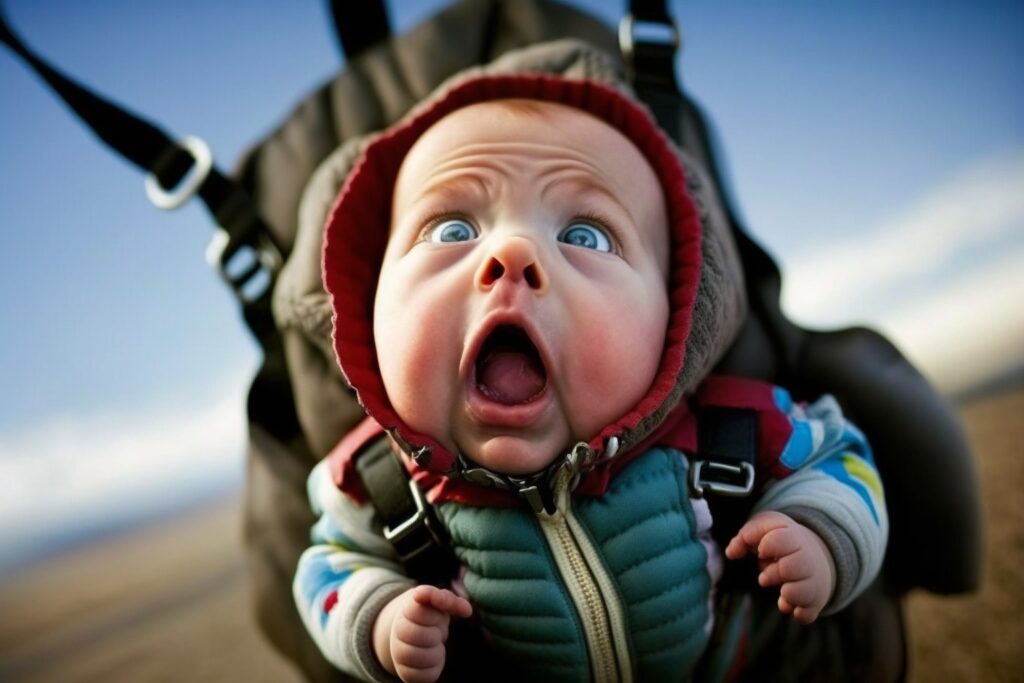
Applications of AI-Generated Baby Faces
Entertainment and Social Media
One of the most popular uses of this technology is for entertainment on social media. People enjoy sharing baby versions of their faces, which often go viral and create engaging content. Social media platforms have integrated these features to enhance user experience.
Marketing and Advertising
Brands can use this technology to create unique marketing campaigns. For example, a skincare brand might use baby face transformations to highlight the rejuvenating effects of their products. This creative approach can attract customer attention and differentiate the brand in the market.
Psychological and Social Research
Researchers can use this technology to study how people perceive age and attractiveness. By showing participants baby-faced versions of adults, researchers can gain insights into how facial features influence social judgments and preferences.
Parental Curiosity
Expectant parents can use this technology to imagine what their future child might look like. While not scientifically accurate, it provides a fun way for parents to visualize their baby’s appearance.
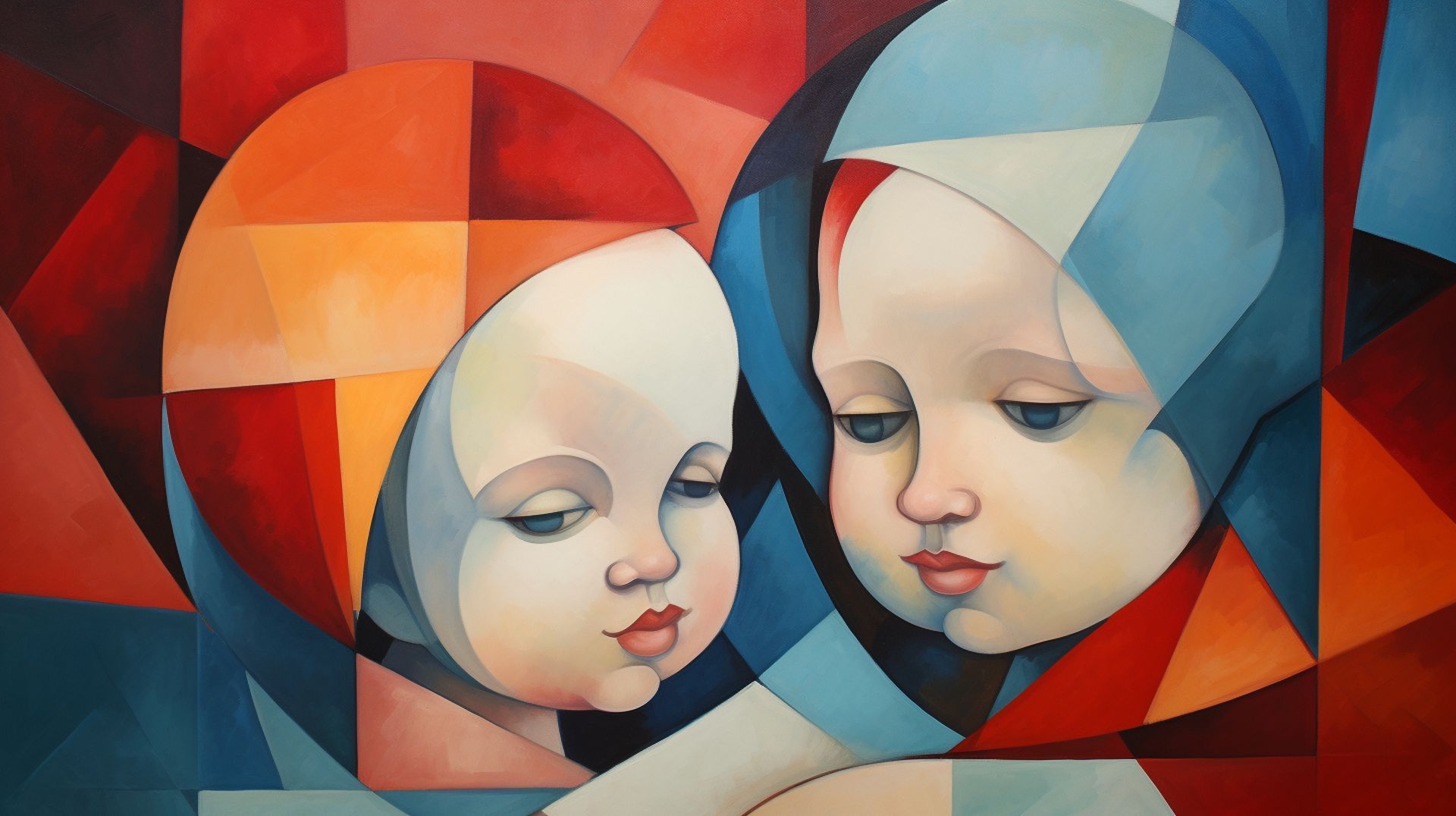
Ethical Considerations and Challenges
Privacy Concerns
Using personal photos for AI transformation raises privacy issues. Misuse of photos could lead to identity theft or other malicious activities. Developers and users need to ensure that images are used responsibly and with consent.
Potential for Misuse
The ability to create realistic images can be misused for harmful purposes, such as creating fake profiles or spreading false information. It is crucial to establish guidelines and regulations to prevent abuse and ensure the ethical use of AI-generated images.
Bias in Training Data
The accuracy of AI models is dependent on the quality of the training data. If the training data lacks diversity or contains biases, the resulting images can reflect those biases. This emphasizes how crucial it is to use representative and varied datasets.
Quality and Consistency
While AI can produce impressive results, it is not perfect. The quality of the output can vary depending on the input image and the training data. Some transformed images might look unnatural or have imperfections. Continuous improvement in AI algorithms and training techniques is needed to enhance quality and consistency.
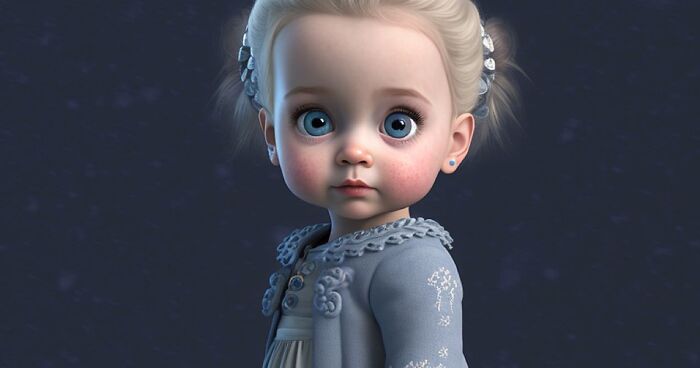
The Future of AI in Image Editing
Real-Time Video Transformation
Advances in AI and computing power will soon enable real-time video transformation. This means users could see baby versions of themselves during live video calls, making digital communication more engaging.
Enhanced Personalization
AI will allow for more personalized image transformations. For example, a system could generate a baby face that not only looks like the user but also includes traits from family members, creating a more customized image.
Integration with Augmented Reality (AR)
Combining AI image transformation with AR technology will let users see and interact with baby versions of themselves in real time. This could enhance social media experiences, gaming, and virtual events.
Healthcare and Therapy
AI image transformation could be used in therapy to help individuals visualize their younger selves, potentially aiding in treatments for body image issues or self-esteem problems.
The Democratization of Creative Tools
One of the most exciting aspects of AI-driven image transformation is its ability to make advanced creative tools accessible to everyone. In the past, creating sophisticated image edits required expensive software and specialized skills. Today, AI makes it possible for anyone with a smartphone to produce professional-quality images with ease.
Empowering Non-Experts
People without a background in graphic design can now create high-quality visual content. This is especially beneficial for small businesses and independent creators who can use these tools to enhance their marketing efforts.
Fostering Creativity
By making advanced image editing tools accessible to a wider audience, AI encourages more people to experiment with visual content. This can lead to a surge in creative output as users explore new ways to express themselves through images.
Educational Opportunities
AI-powered tools can also serve as educational resources, helping users learn about image editing. Understanding how an AI model transforms an adult face into a baby face can provide insights into facial recognition and aesthetic principles.
The Evolution of Visual Culture
AI in image editing is influencing broader trends in visual culture. As AI-generated images become more common, they shape our expectations and standards for visual content.
Realism
AI can create extremely realistic images, challenging our perceptions of what is real and what is digitally created. This raises questions about authenticity in visual media.
Customization and Personalization
Users now expect personalized experiences. AI allows for the creation of custom images tailored to individual preferences, leading to a more personalized visual culture.
New Forms of Art
AI is giving rise to new forms of digital art. Artists are using AI to create unique visual experiences, exploring the intersection of technology and creativity. This pushes the boundaries of traditional art forms.
Conclusion
Transforming adult faces into baby faces using AI is a fascinating example of how artificial intelligence is changing image editing. This technology offers numerous fun and practical applications, from social media and marketing to research and therapy. However, it also raises important ethical questions that need to be addressed to ensure responsible use.
AI in image editing is just one aspect of the broader field of AI content generation, which includes creating text, videos, and other digital content. At imgedit.ai, we specialize in providing high-quality, plagiarism-free AI-generated content for various applications. Our tools empower users to create engaging and unique content easily, enhancing their digital presence and creativity.
The future of AI in image editing is promising, with endless possibilities for enhancing our digital experiences. As we continue to explore and develop these technologies, we can look forward to a world where AI not only transforms images but also enriches our lives in new and exciting ways.
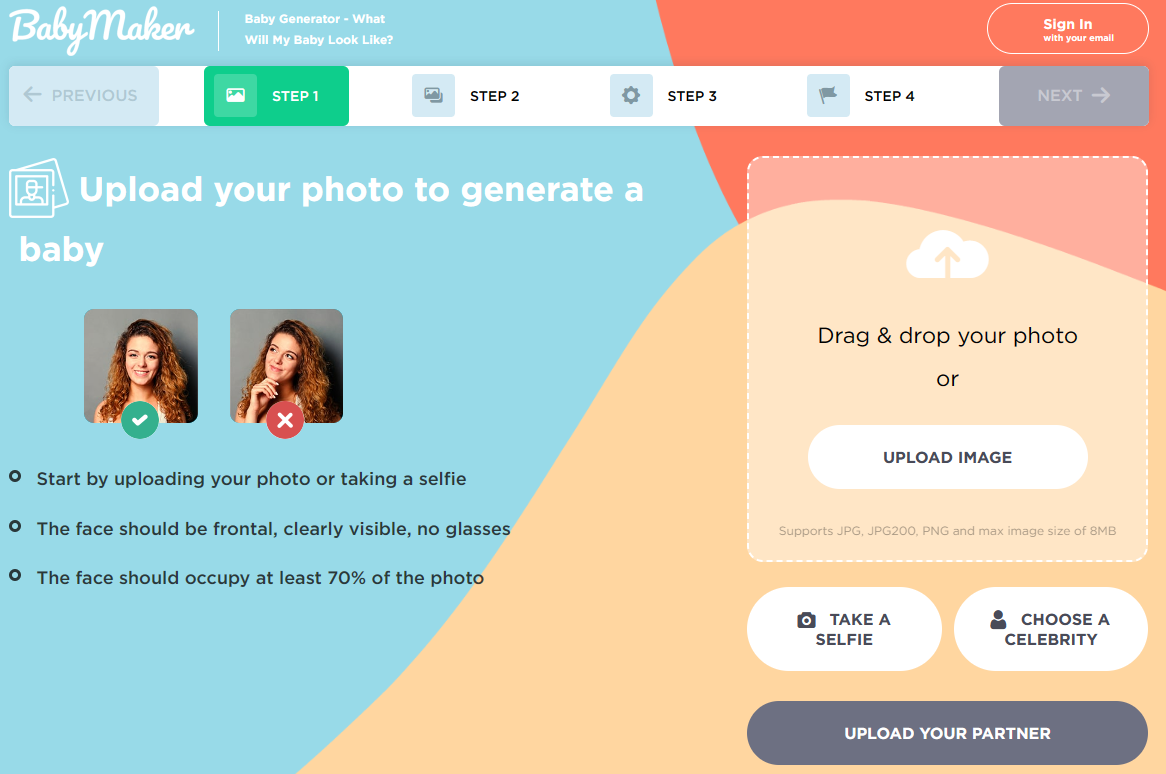
FAQs
- How to Generate an AI Baby?
To generate an AI baby face, you typically need to use an app or online platform that offers this feature. Here are the general steps:
- Find a Suitable App or Platform: Look for apps or websites that specialize in AI photo transformations.
- Upload Your Photo: Provide a clear, well-lit photo of your face.
- Apply the Baby Face Filter: Select the baby face transformation option. The AI will process the photo and generate a baby version of your face.
- Download and Share: Once the transformation is complete, you can download and share the baby face image.
- What Is the App That Combines Photos to See What a Baby Looks Like?
Several apps can combine photos of two people to predict what their baby might look like. Some popular apps include:
- Baby Maker: Allows you to combine photos of parents to generate a baby face.
- Make Me Babies: Another app that combines photos to create baby images.
- Future Baby Generator: Offers similar features and uses AI to predict the baby’s appearance.
These apps typically require you to upload photos of both parents to create a combined baby face.
- Is There a Free Baby Face Generator?
Yes, there are free baby face generators available online. Some of these include:
- Face App: Offers a variety of face transformation features, including a baby face filter.
- Baby Maker: Provides a free version that allows users to create baby faces.
- Make Me Babies: Offers basic baby face generation for free.
While free versions are available, they may have limited features compared to paid versions.
- How to Create a Baby Picture of Yourself?
To create a baby picture of yourself using AI:
- Choose an AI Baby Face App: Select an app or online tool that offers baby face transformations.
- Upload Your Photo: Use a clear, front-facing photo of yourself.
- Select the Baby Face Option: Apply the baby face filter or transformation.
- Save and Share: Download the resulting baby picture and share it if desired.
- How to Make a Baby Face?
Making a baby face using AI involves:
- Selecting an Appropriate App: Choose an app that provides baby face transformation, like Face App or Baby Maker.
- Uploading a Photo: Upload a clear photo of the face you want to transform.
- Applying the Baby Filter: Use the baby face filter provided by the app.
- Downloading the Result: Save the transformed image to your device.
- What Is the Baby Face Effect?
The baby face effect refers to the visual transformation where an adult face is altered to resemble a baby’s face. This effect is achieved using AI algorithms that adjust facial features such as:
- Proportions: Enlarging the eyes and shortening the chin to mimic a baby’s facial structure.
- Skin Texture: Smoothing the skin to remove adult characteristics.
- Cheek Fullness: Adding roundness to the cheeks to enhance the baby-like appearance
